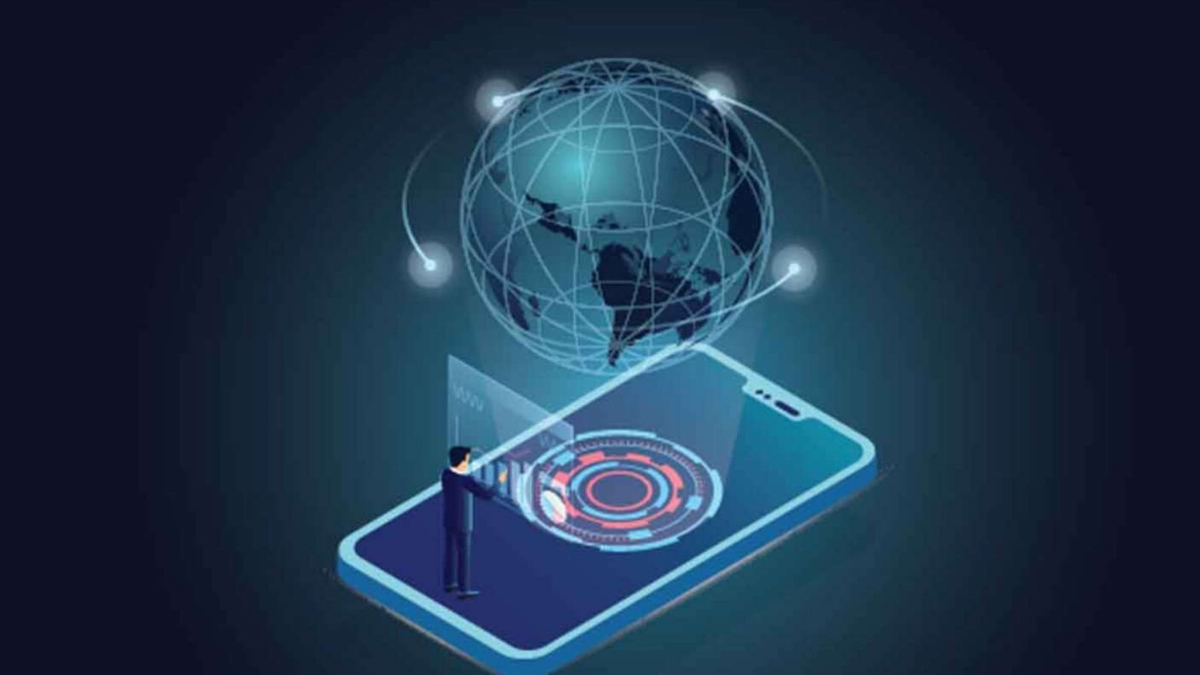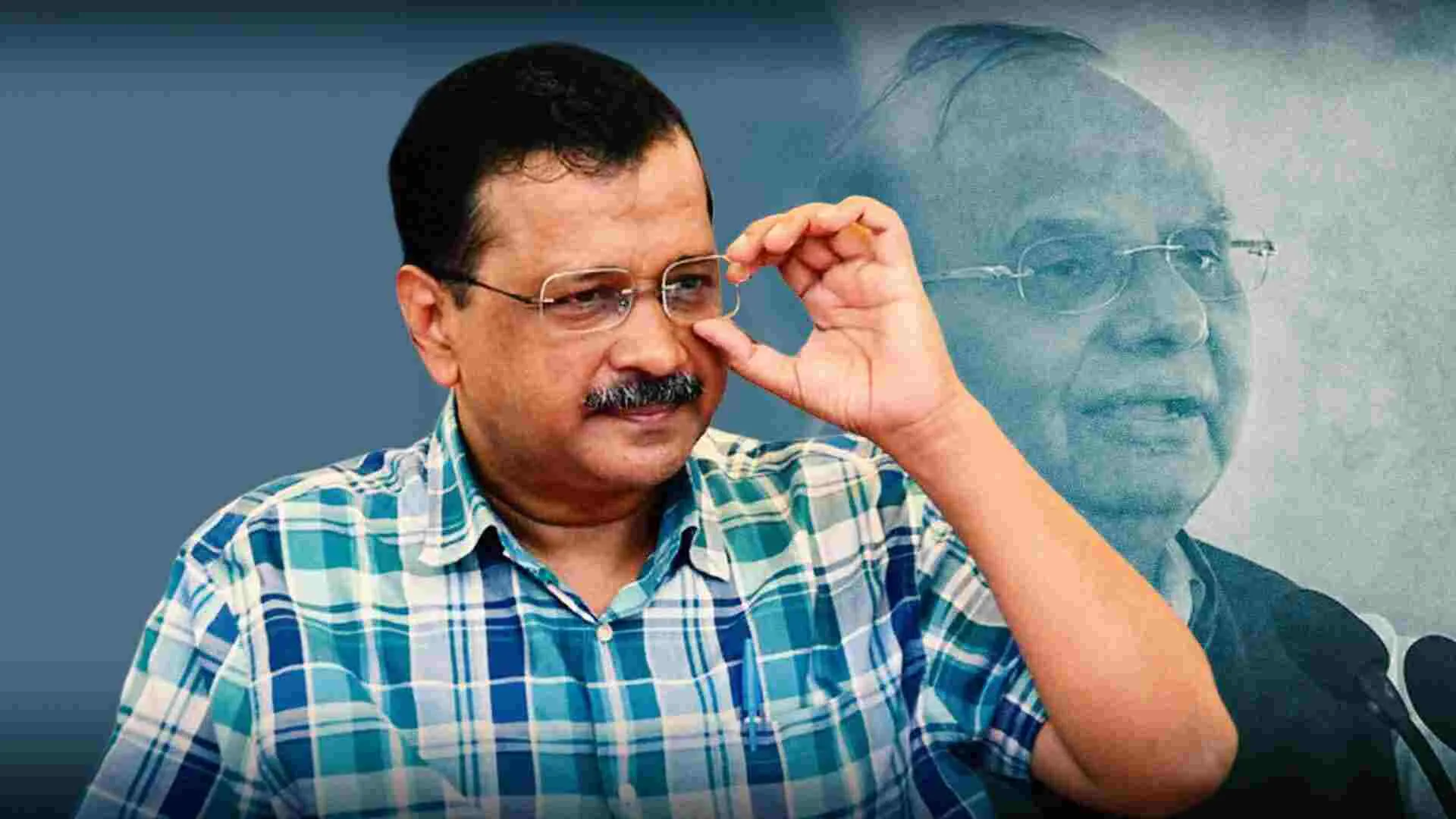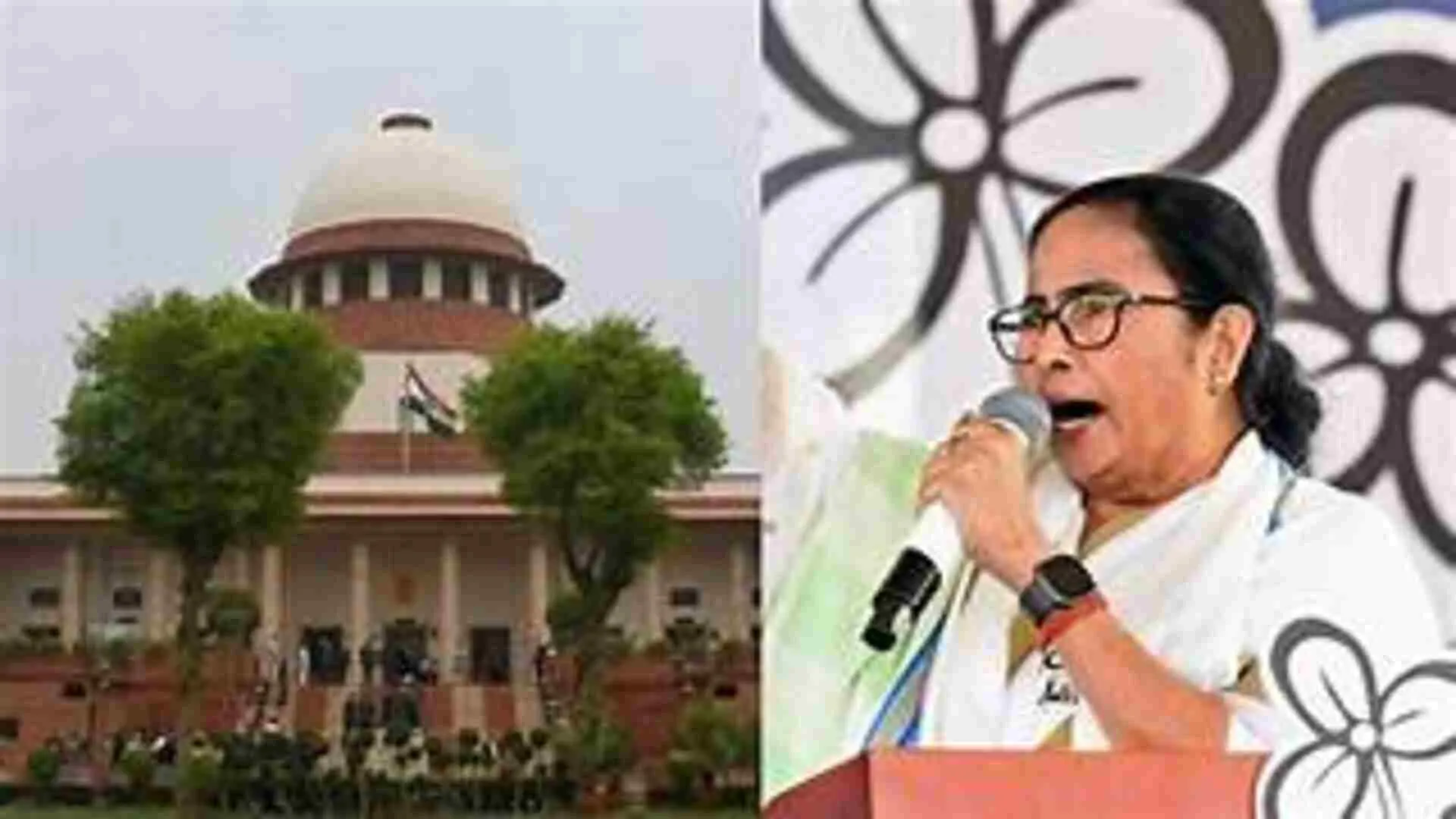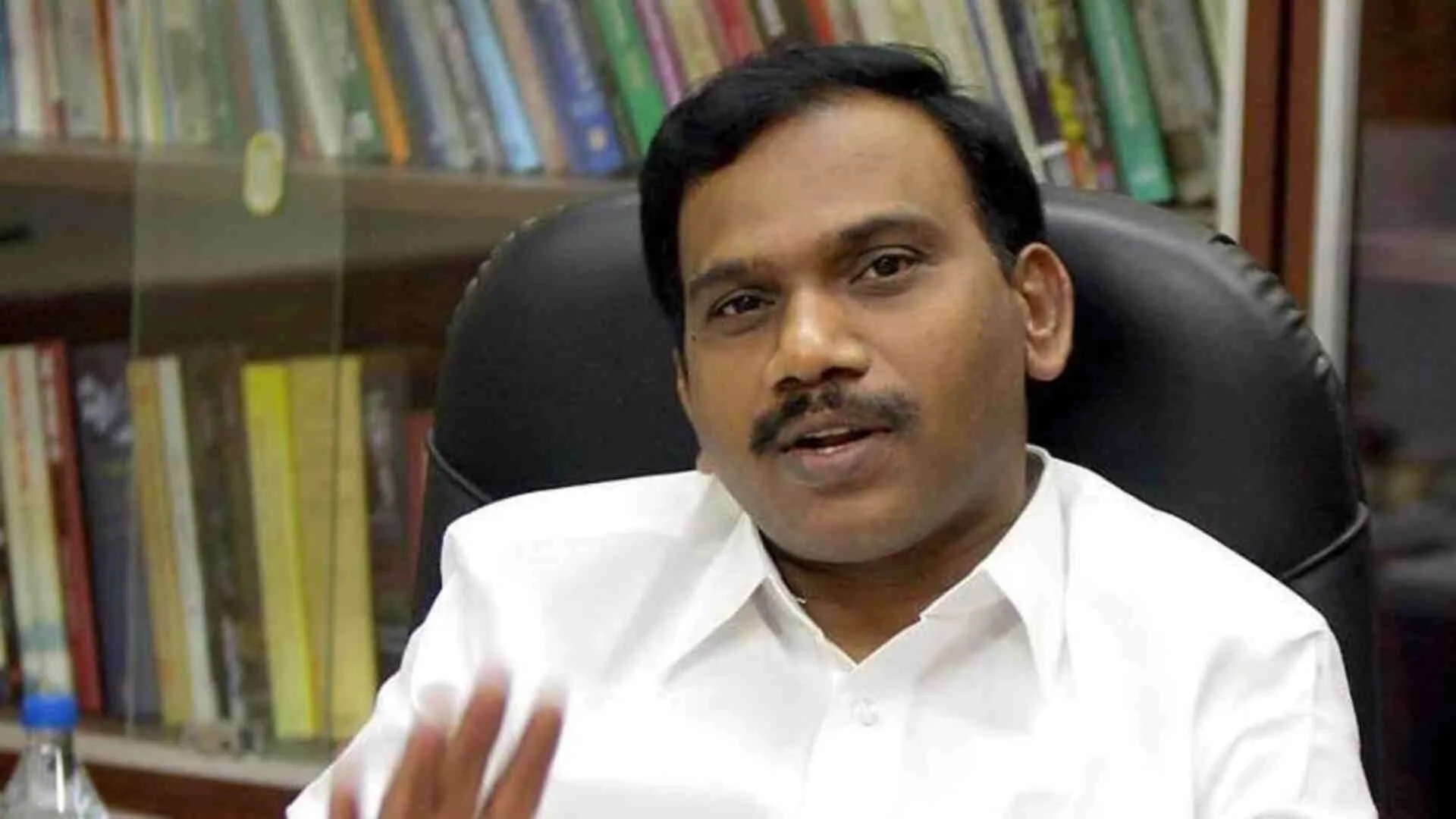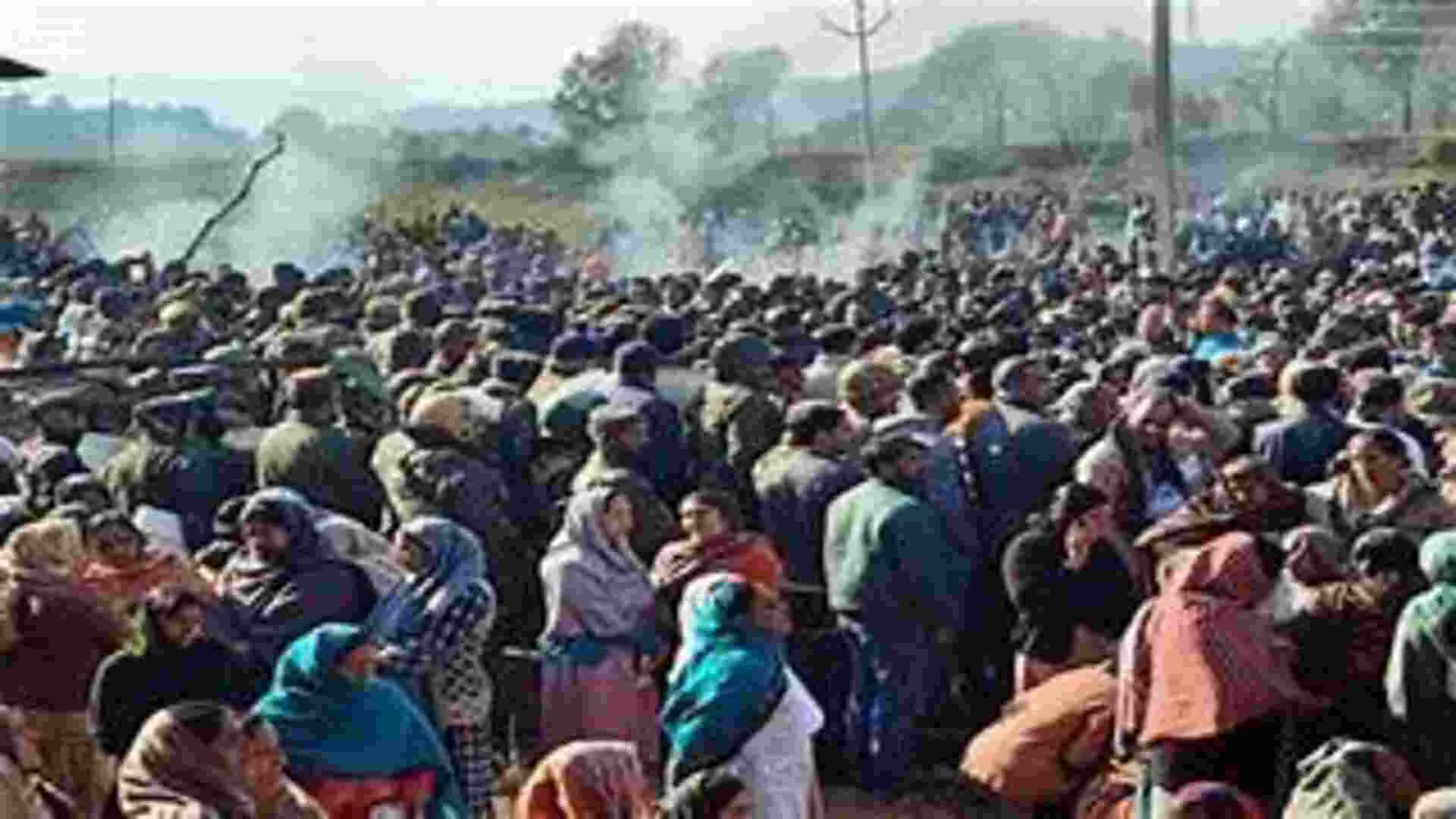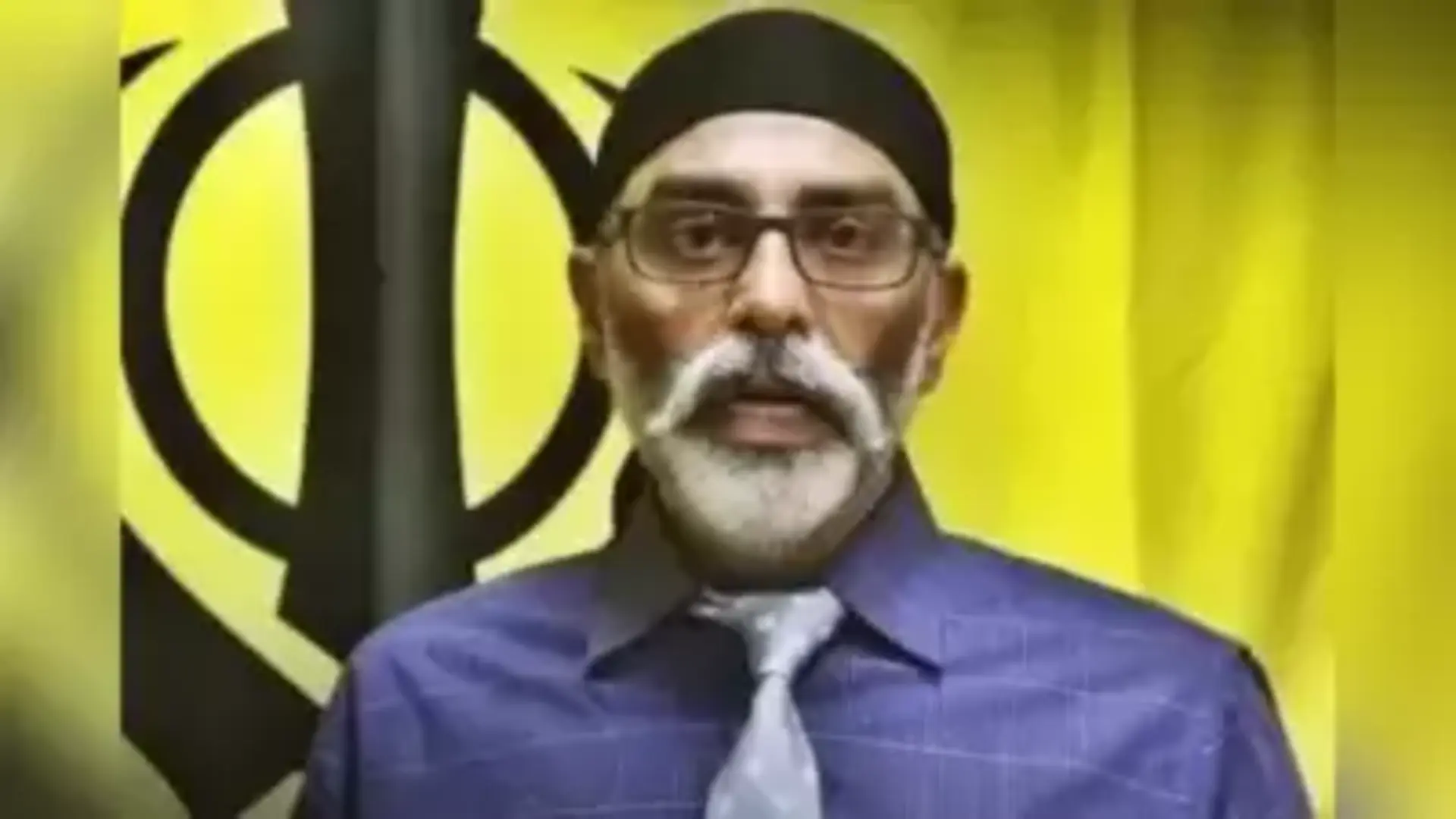Today, 5.1 billion people – that’s three-quarters of the world’s population – communicate and connect to the internet using mobile devices, and over half of these connections come from smartphones. While 76% of people in developed nations own smartphones, the number stands at a meagre 45% in emergingeconomies, representing a striking digital divide. (Source: weforum.org)
Although the pandemic has played a pivotal role in making the Internet an essential part of our existence, the Internet (in itself) has witnessed a paradigm shift over the last decade. The Internet of today has far-reaching implications with respect to spreading awareness, seeking out information, and supporting education. In many ways, it has transformed the way we live our lives.
Even with the growing Internet penetration in the country, over 700 million people, mostly residing in over 20,000 villages across remote locations, continue to stay unconnected. The lack of digital access, which has been described by the apex court as a fundamental right, is a gross disadvantage to this huge population. One of the many reasons behind the lack of access to digital services has been the absence of digital infrastructure, which is often a huge investment.
The solution to improving digital access could be distributing the cloud from huge data centres (storage) into smaller fragments, placed closer to the users. This edge-cloud ecosystem helps provide best-in-class quality of service by embedding the nodes deep within the digital network ecosystem. A miniaturised version of the data centre looks like a tiny device that can be installed anywhere (anytime), enabling access to relevant information for audiences across the economic strata. The analogy is that of understanding how a power bank works. The technology, in essence, is what the power bank did to the power grid, functionally capturing power in a small pack that can be carried anywhere, to provide power anywhere (anytime).
LAST MILE DIGITAL CONNECTIVITY WILL POSITIVELY IMPACT GDP (YES, IT’S POSSIBLE)
A World Bank analysis found that increasing broadband internet penetration can have a significant impact on a country’s GDP. However, in a recent survey, about 60% of India’s rural population is still not actively using digital services, thus showcasing the existing divide that needs to be addressed to improve digital access.
So let me share some context. As we move out of a metro city to travel into the remote parts of a particular state, one experiences a lack of network connectivity. And even if it’s there, the experience is quite unreliable. As you slowly move further into the absolute last mile of the country, probably into villages with 2000–5000 people, or even fewer, the availability continues to be limited, or possibly absent. This is where Edge Cloud technology can add impactful value.
In a situation like this, where users are located far from the big data centres, which is the case for most tier 4, 5 or rural areas in India, some content can be cached in distributed servers, or Edge Cloud, and placed closer to the end user, which in this case could be gramme panchayats, CSCs, government schools (and more). Therefore, rather than content travelling from a central origin server to fulfil each request, cached content from the Edge Clouds travels a short distance to reach the end-user.
What it will mean for end users in remote areas is that, even in an area with an unreliable or no data connection, one can access native digital content as if they were residing in a (digitally) connected area. How is that possible? Firstly, content travels a shorter distance to reach end users, which results in a faster transfer of data and no buffering. Secondly, by routing fewer requests to the central cloud, network capacity is increased, thereby eliminating the need to invest in additional network infrastructure as well as optimising the existing bandwidth. Therefore, it is economical both for telecom service providers (TSPs) and the end user. But why is it important to consider economics, not just from the perspective of end users but also of TSPs?
THE CHALLENGE OF ECONOMICS AND EFFORT
Importantly, the challenge is often that of economics. Network operators and ISPs have to bear huge infrastructure costs, and their profitability depends on the number of users available in a particular geography, multiplied by the average revenue earned from those users.
In villages or other remote areas, owing to the sparse population and low purchasing power of the users, it doesn’t make economic sense for network operators and ISPs to extend their services. Therefore, the onus of digital connectivity lies largely on the government for villages or remote areas.
Around 20,000 villages in India, predominantly in the north-east, lack reliable internet connection. The government is undertaking several initiatives, such as PM Gati Shakti, the Vibrant Village Program, and Model Villages under the Border Area Development Program, that will bridge the digital divide to a large extent. In addition, schemes such as BBNL phase 2, PM WANI, and installing VSAT are initiatives that the government is currently undertaking to ensure that no one is deprived of the fundamental right of access to digital connectivity.
REACHING OUT TO THE NEXT 700 MILLION USERS
To reach India’s next 700 million consumers, new technologies that provide faster, economical and dependable digital access to key services, are the need of the hour. Therefore, it is imperative that the private sector, aided by new technologies, collaborate with government agencies to assist individuals in gaining access to services as well as education, thereby improving the quality of life and their livelihood opportunities.
The Edge Cloud technology, if used effectively and timely, can solve the problem of rural India’s inadequate access to digital content and at the same time assist State Governments in improving and extending access to pivotal citizen centric services and content. In addition, the technology is compatible with current digital infrastructure initiatives as well as 5G. It is only the beginning of the future, and it lies in the real Bharat.

